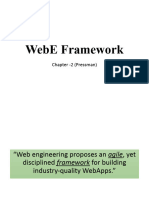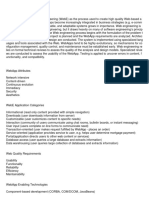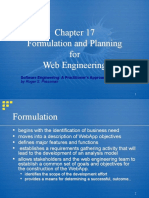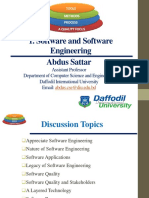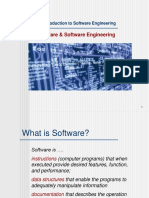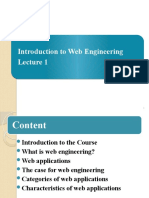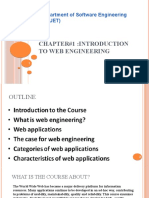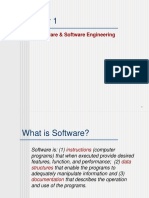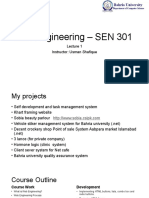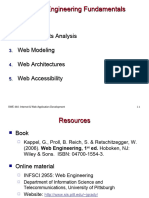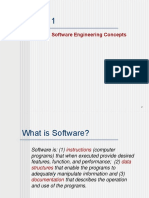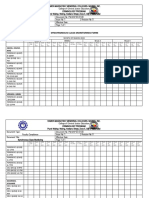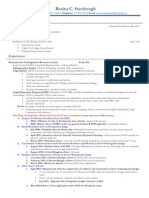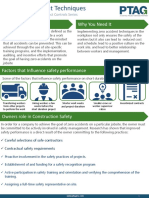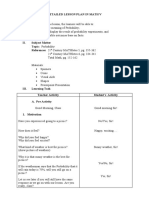0% found this document useful (0 votes)
86 views14 pagesWeb Engineering Essentials
Web Engineering (WebE) is the process of creating high-quality web applications by applying principles of software engineering. WebE involves requirements analysis, design, implementation, testing, and maintenance. Key aspects of WebE include continuous evolution, network-intensive design, and ensuring security, aesthetics, and other attributes. WebE applications can be informational, transactional, customizable, or service-oriented. Technologies like component-based development and web programming tools enable the WebE process.
Uploaded by
pamswatiCopyright
© Attribution Non-Commercial (BY-NC)
We take content rights seriously. If you suspect this is your content, claim it here.
Available Formats
Download as PPTX, PDF, TXT or read online on Scribd
0% found this document useful (0 votes)
86 views14 pagesWeb Engineering Essentials
Web Engineering (WebE) is the process of creating high-quality web applications by applying principles of software engineering. WebE involves requirements analysis, design, implementation, testing, and maintenance. Key aspects of WebE include continuous evolution, network-intensive design, and ensuring security, aesthetics, and other attributes. WebE applications can be informational, transactional, customizable, or service-oriented. Technologies like component-based development and web programming tools enable the WebE process.
Uploaded by
pamswatiCopyright
© Attribution Non-Commercial (BY-NC)
We take content rights seriously. If you suspect this is your content, claim it here.
Available Formats
Download as PPTX, PDF, TXT or read online on Scribd
/ 14






